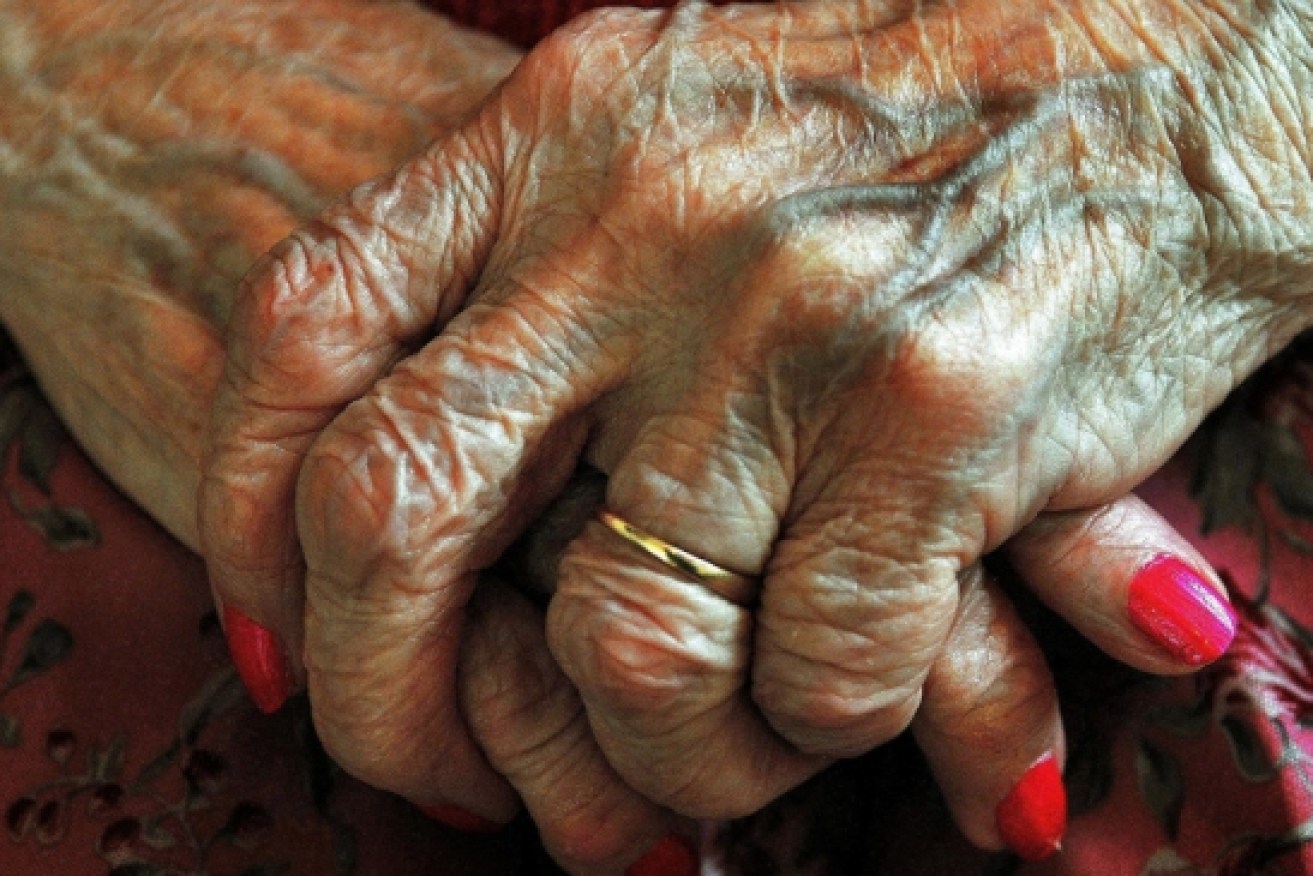Preventable nursing home deaths skyrocket
The number of nursing home residents dying prematurely as a result of a potentially preventable injury has skyrocketed over the past decade, leading to calls for prompt national action to improve the safety of frail Australians.

Research published in the Medical Journal of Australia found that of the 21, 672 deaths reported to the coroner of nursing home residents between July 2000 and June 2013, 15 per cent resulted from “external” causes – that is injury or violence.
External deaths increased from 1.2 per 1000 admissions in 2001-02 to 5.3 per 1000 admissions in 2011-12.
This represents a more than 400 per cent increase since 2001.
Most external nursing home deaths – 81.5 per cent – were as a result of an injury sustained by a fall.
Choking accounted for 7.9 per cent of external deaths and 4.4 per cent died by suicide, and the majority occurred within the nursing home.
The study, the first of its kind in Australia, was led by Professor Joseph Ibrahim, head of the Health Law and Ageing Research Unit at Monash University’s Department of Forensic Medicine .
They say the findings shows a national plan for reducing harm in nursing homes is needed.
“Our study should prompt action in policy, practice and research,” wrote the authors.
“Currently no one entity is responsible for reducing harm by improving practice,” said Imbrahim.
Geriatrician Dr Catherine Yelland, President of the Royal Australasian College of Physicians, agrees the community can do better in caring for older, frail and vulnerable Australians.
“We all have the right to be safe in our homes, and the recommendation by Ibrahim and his co-authors for action in policy, practice and research should be heeded by our federal and state Departments of Health, responsible for aged care, Yelland wrote in an editorial for the MJA.
Without effective policy it’s feared the number of avoidable deaths to occur in nursing homes will only increase due to an ageing population.
It is estimated that by the mid-2050s Australia’s population will be 31-43 million, 25 per cent of whom will be aged 65 years or over.
Yelland says prevention and improving care requires better understanding of the risk factors, but she acknowledged preventing falls in “busy and understaffed” nursing homes is challenging when trying to balance a patient’s need to be mobile and their risk of injury.
It is, however, the number choking and suicide deaths that are “more worrying” and distressing for families and staff.
“Choking may be attributed to underlying medical conditions, including stroke and Parkinson’s disease, but the number of deaths underscores the need for expert swallowing assessment, modified diets, and sufficient staff to supervise meals or to feed patients as required,” Yelland wrote.
Part of the problem, the expert suggests, is that many regard the death of a nursing home resident as “unfortunate consequence” of their frailty.
“The opportunity to identify and reduce risks and improve care is thereby lost,” she wrote.
– AAP




